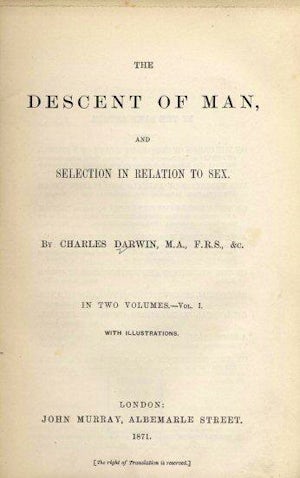
March 21, 1928. On March 21, 1928 the Legislative Assembly of Alberta passed "The Sexual Sterilization Act". The legislation authorizes sexual sterilization and specifies the conditions and procedures for doing so. It is the first Canadian eugenic sterilization law, and was directed at individuals living in designated state institutions deemed to have undesirable traits. The legislation has four substantive parts.
First, it creates a Eugenics Board. The purpose of this board is to make decisions about sterilization candidates. The board consists of two medical practitioners, nominated by the provincial university (University of Alberta) and medical association, and two non-medical persons, nominated by the Lieutenant Governor (The Sexual Sterilization Act, Sec. 3).
Second, it specifies who are sterilization candidates. These are inmates of a mental hospital proposed for release from that institution, and recommended for examination by the medical superintendent to the Eugenics Board (The Sexual Sterilization Act, Sec. 4)
Third, it outlines the conditions required for a sterilization procedure, two of which have just been recounted. These include that a) an individual be an inmate, proposed for release, of a mental hospital (The Sexual Sterilization Act, Section 4), b) an individual is recommended to the Eugenics Board by the medical superintendent of the hospital (Section 4), c) the Eugenics Board decides that an individual is "at risk" of having children with a "disability" such that the surgery would "eliminate" the transmission of such an "evil" by surgery (section 5, and d) the consent of either the individual or, where not possible, a guardian or representative is acquired (Section 6). Under such conditions, the legislation authorizes that a sterilization can take place.
Fourth, and finally, the legislation specifies that the physicians or surgeons who perform sterilization surgeries cannot be held civil or criminally liable (The Sexual Sterilization Act, Sec. 7)
In terms of impact, the Sexual Sterilization Act of Alberta was substantial and long lasting. Over 4800 people were authorized for sterilization under the Act, with more than 2,800 persons sterilized under its mandate and its two amendments (1937 and 1942). The Act was repealed in 1972 by the newly-elected provincial government of Peter Lougheed.
The original legislation can be viewed at the Alberta Law Collection.
-Luke Kersten
Province of Alberta. (1928). The Sexual Sterilization Act of Alberta. Statutes of the Province of Alberta. Retrieved from: http://www.ourfutureourpast.ca/law/page.aspx?id=2906151
 1869:
Galton publishes Hereditary Genius
1869:
Galton publishes Hereditary Genius
 1871:
Charles Darwin publishes The Descent of Man
1871:
Charles Darwin publishes The Descent of Man